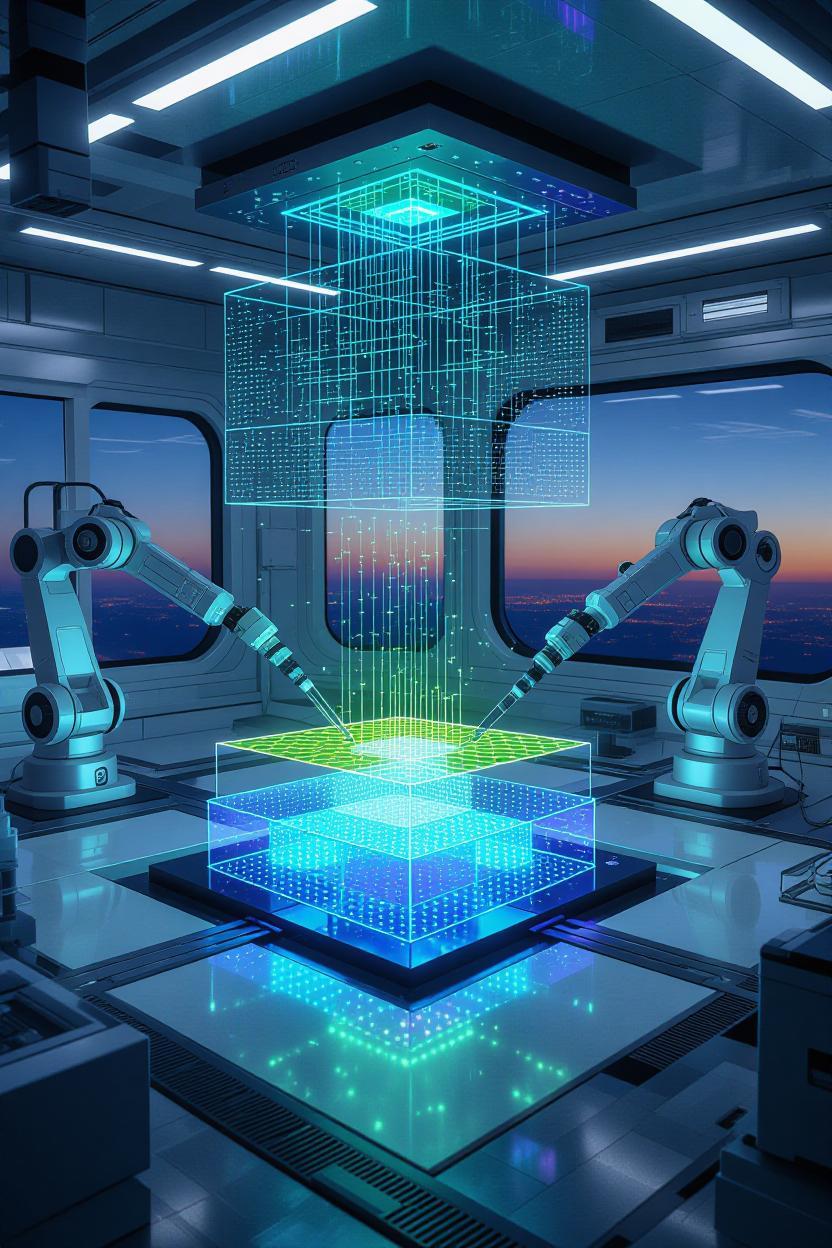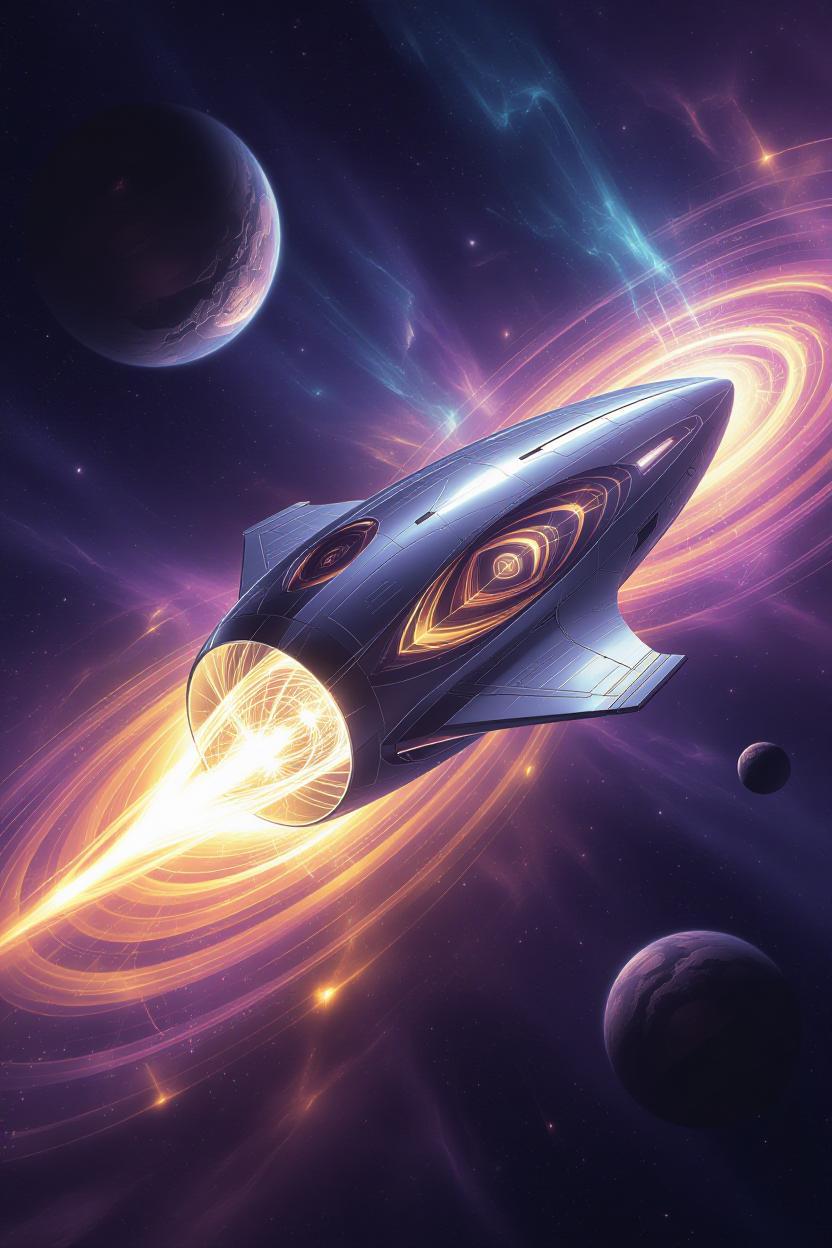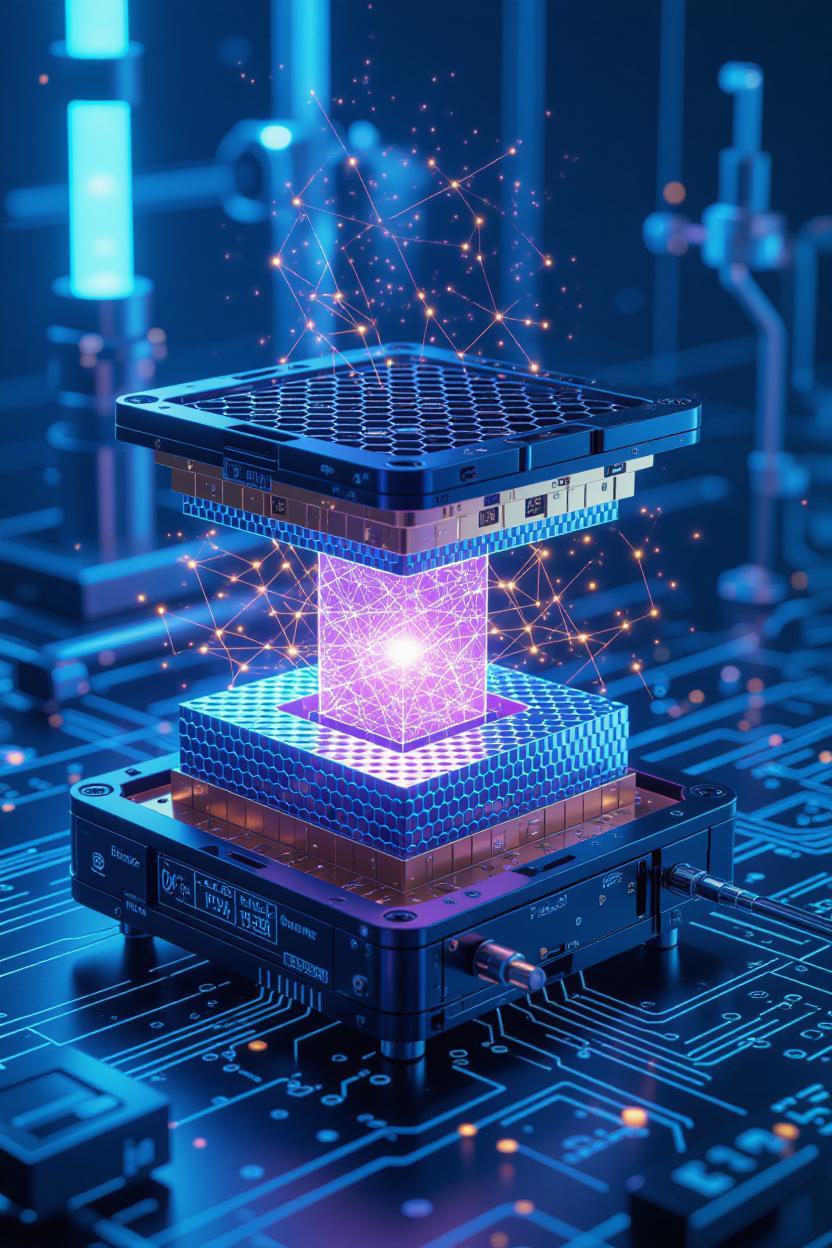Popular articles
The Abundance Age
In a world where artificial intelligence is no longer the stuff of sci-fi novels but a tool in your pocket, we're witnessing a seismic shift in how inventions come to life. Gone are the days when groundbreaking ideas were locked behind the walls of corporate labs or elite engineering firms. Today, thanks to AI's explosive growth in computer vision, image generation, and video simulation, everyday folks—what we might cheekily call "peasants" in this democratized landscape—are turning wild concepts into reality at breakneck speed and rock-bottom costs. This isn't just about doodling pretty pictures; it's about AI empowering us to search, design, prototype, and even manufacture inventions that solve real problems. Let's dive into how this plays out, why it's a game-changer, and what ripples it sends through society, economy, and beyond.
From Pixels to Prototypes: The AI-Powered Invention Pipeline
At the heart of this revolution is AI's mastery over visuals. Tools like advanced image generators can whip up detailed designs from a simple prompt: "Create a compact, solar-powered gadget for purifying water in remote areas." What you get isn't a vague sketch—it's a photorealistic render with labels for materials, dimensions, and assembly steps. As AI evolves, these static images morph into dynamic videos that simulate functionality, test for flaws, or guide you through building it yourself.
This visual prowess ties directly into the broader ecosystem. AI scours vast repositories of patents, scientific papers, and open-source blueprints, making "invention hunting" as easy as a web search. Spot a useful gadget? AI refines it for your needs, suggests cheaper materials, and even handles logistics—optimizing orders from suppliers and generating files ready for your 3D printer. Printing tech itself is leveling up, with AI-driven designs that make structures lighter, stronger, and more efficient. The result? Inventions that once cost thousands in R&D now emerge from home setups for pennies on the dollar.
We're at a tipping point where this cycle—idea to prototype—happens in hours, not months. And as AI gets smarter, it mothballs outdated methods, pushing us toward a future where innovation is truly accessible.
The First Waves: Immediate Boosts and Bumps
As AI floods us with scientific insights and designs, the ripples start small but grow fast. Economically, it's a boon—small businesses pop up selling AI-visualized gadgets, creating jobs in creative fields while mothballing outdated factories. Knowledge becomes abundant too; anyone can "investigate" science via AI, leading to breakthroughs in medicine or climate tech that benefit everyone.
But abundance has its quirks. With so many designs flying around, we might see overload—too many gadgets leading to waste. On the flip side, AI could visualize eco-friendly alternatives, turning potential problems into opportunities. Human-wise, it might displace some jobs, but it also opens doors for reskilling into more fulfilling roles, like curating AI outputs.
Why This Matters: Empowering the Everyday Inventor
This isn't hype; it's hugely practical. For the average person, AI tears down barriers that kept invention in the hands of the few:
- No Expertise Required: Forget needing a fancy degree or software suite. A clear prompt is your new engineering degree.
- Rapid and Cheap Iteration: Generate dozens of variations, simulate them via AI videos, and print only the winners. Failures stay virtual, saving time and cash.
- Global Problem-Solving: Imagine a rural inventor designing a low-cost drone for crop monitoring, ordering parts seamlessly, and printing it locally. This scales to everything from eco-friendly tools to personalized medical aids.
Real-world examples abound: Communities are already churning out affordable prosthetics and smart devices via AI-assisted platforms. As logistics AI integrates with e-commerce, the loop closes tighter—search, design, order, print, repeat—all at increasingly affordable rates.
In short, this empowers us all to tinker like never before, turning "what if" into "here it is."
Second-Order Effects: The Immediate Ripples
As this trend accelerates, the knock-on effects start reshaping our world:
- Economic Boom for the Little Guy: Niche markets explode as inventors sell custom gadgets online, undercutting big corporations. This fosters entrepreneurship but could disrupt traditional jobs in design and manufacturing.
- Knowledge on Tap: AI democratizes science and engineering know-how, letting anyone remix existing inventions ethically. The upside? Faster solutions to pressing issues like climate change or healthcare gaps.
- Supply Chain Smarts: With AI handling material orders and 3D printing optimizations, inventions get cheaper and greener. But watch for strains on resources if everyone jumps in—think filament shortages or energy spikes from printers.
These changes amplify the usefulness, making invention a hobby rather than a profession.
Third-Order Effects, Deeper Currents: How Society Evolves
Dig a bit further, and this abundance reshapes how we live. Gaps could narrow as AI visualizations make advanced science available to underserved areas—think farmers in Africa designing drought-resistant tools from global data. Yet, without careful handling, it might widen divides if premium AI access stays pricey.
Culturally, we're in for a treat: An explosion of human stories, with inventors sharing AI-generated videos of their creations online, inspiring millions. Old scarcities like limited resources fade as 3D printing and AI logistics make everything cheaper and greener. But we'll need to stay human about it—fostering ethics to avoid misuse, like over-relying on AI and losing our spark.

This era could mothball isolation, building a more collaborative world.
Fourth-Order Effects: The Long-Term Horizon
Peering even deeper, we hit big-picture territory:
- Global Power Plays: Countries leading in AI could dominate innovation, but open-source tools level the field, letting developing regions invent local fixes—like AI-designed disaster tech.
- Ethical and Existential Twists: Autonomous AI invention might birth unintended wonders (or woes), like self-replicating devices. Deepfake videos of prototypes could fuel scams, eroding trust.
- Human Ingenuity Redefined: Does over-reliance on AI dull our creativity? More likely, it amplifies it—we become idea curators, with AI as the executor. The endgame: A golden age of invention, blurred lines between human and machine.
This visual AI revolution isn't just useful—it's inevitable, promising a future where anyone can build a better tomorrow. But like any tool, it demands thoughtful use to maximize benefits and minimize pitfalls. What inventions will you dream up next?
A Few Examples
Quantum Fabrication Nexus (QFN)
Scientific Basis: Quantum atom manipulation with optical tweezers (force F= (α / 2) ∇E², α=polarizability); MBE for epitaxy (growth rate R= P / √(2π m k_B T)); femtosecond lasers for photonic synthesis (ablation threshold I_th=10^{12} W/cm²); holographic lithography for metamaterials (interference pattern λ/2); cryogenic cooling (He-4, superfluid transition λ=2.17K); fusion power (D-T reaction, cross-section σ=10^{-28} m² at 10keV); materials: graphene (CVD growth 1000°C), YBa₂Cu₃O₇ (oxygen annealing P_O2=100mbar), InAs/GaAs (MBE flux 10^{12} atoms/cm² s); assembly: AI control (neural nets, error <10^{-6}), cleanroom vacuum 10^{-10} torr.

Space Travel Using Eric Weinstein's Geometric Unity Theory
Scientific Basis: Geometric Unity unifies gravity and gauge fields in 14-dimensional observerse (X^4 × U(4), metric g_{μν} from shipload bundle); propulsion manipulates chiral anomalies (index theorem ind(D) = ∫ ch(F) A(R)/ (4π)^n) to warp spacetime; materials: exotic composites mimicking observerse fibers (carbon nanotubes with spinor doping, chirality index (n,m)); operation: generate effective negative mass via gauge transformations (Yang-Mills action S = ∫ Tr(F ∧ *F)), creating propulsion without propellant (thrust from curvature ∇_μ T^{μν}=0 violation); energy from unified field extraction (E = ∫ √g R dV, R=scalar curvature); navigation in higher dimensions (Kaluza-Klein reduction, compact extra dims r=10^{-18}m); stability via anomaly cancellation (Green-Schwarz mechanism).

Hypothetical UFO (Magnetohydrodynamic Propulsion)
Scientific Basis: MHD propulsion ionizes air into plasma (breakdown E=3MV/m, temperature T=10⁴K) using microwave emitters (f=2.45GHz, power 1MW); Lorentz force F = q (E + v × B) accelerates ions (v=10⁴ m/s, B=5T from superconductors Nb₃Sn, Tc=18K); materials: titanium alloy hull (density 4.5g/cm³), ceramic insulators (Al₂O₃, dielectric κ=9); operation: plasma sheath reduces drag (Reynolds number Re=10⁶), thrust T = m_dot v_e (m_dot=1kg/s); energy from compact reactor (Pu-238 RTG, 0.5kW/kg); maneuvers via field asymmetry (∇B ≠0); silent due to no mechanical parts, glow from recombination (λ=400-700nm).

Zero-Point Energy Harvester (ZPEH)
Scientific Basis: Quantum field theory vacuum state with fluctuating fields; energy density ρ_vac = (ħ ω^3)/(2 π^2 c^3) integrated over frequencies up to Planck cutoff ω_p = √(π c^5 / G ħ); extraction via Casimir-Polder force between asymmetric microstructures F = - (3 ħ c α)/(4 π r^4) where α is polarizability, r is separation; materials: graphene nanoflakes (C atoms in hexagonal lattice, bandgap ~0 eV for conductivity), high-temperature superconductors (YBa2Cu3O7, Tc=93K for Cooper pairs), metamaterials with negative refractive index n = -√(ε μ); assembly: layer graphene on superconductor substrate via chemical vapor deposition, embed in photonic crystal cavity (SiO2 lattice, period a=λ/2) to amplify fluctuations, power output circuit with quantum dots (InAs/GaAs, size 10nm for discrete levels E_n = ħ^2 π^2 n^2 / (2 m L^2)); stabilization equation dE/dt = - (G_{vac} / ħ) ∫ dω |<f| H_int |i>|^2 δ(ω - ω_fi) for interaction Hamiltonian H_int = -d · E_vac; efficiency η = (E_out / E_vac) ≈ 10^{-3} limited by second law, scaled via parallel arrays.

Subscribe to unlock premium content
Sed at tellus, pharetra lacus, aenean risus non nisl ultricies commodo diam aliquet arcu enim eu leo porttitor habitasse adipiscing porttitor varius ultricies facilisis viverra lacus neque.
The Great Wealth Generation Act 1.0

The Great Democracy Restoration Act

UK Nutrition Act 1.0

The Great Wealth Generation Act 1.0

The Great Democracy Restoration Act

The Great Wealth Generation Act 1.0







